Even with high-quality speakers, a top-tier receiver, and careful positioning for the best sound, you may still not be getting the crystal-clear sound you were hoping for. The speaker cables could be responsible for this, though they are often overlooked as just connectors. These crucial components can make or break your home theater setup, and many enthusiasts ruin their systems by choosing the wrong gauge or installing them incorrectly, resulting in compromised audio quality even though they have excellent equipment. Even seemingly small mistakes like poor routing or choosing the wrong gauge can have a significant impact on sound clarity, bass response, and immersion. Let’s take a look at how proper cable selection and installation can unlock your system’s full potential.
What Do Speaker Cables Do?
Speaker wires do one main job: they move electricity from the amplifier to the speakers with as little loss and distortion as possible, playing a crucial role in maintaining the sound quality of your home theater setup. Unlike digital signals that either arrive intact or not, analog audio signals degrade gradually. Every component—including cables—either preserves or degrades the original signal.
Speaker cables operate under three primary electrical principles:
- Resistance: Opposes current flow, reducing power delivery
- Capacitance: Affects high frequencies
- Inductance: Affects transient response
These factors combine in different ways across the frequency range, changing the way sound is reproduced in subtle but noticeable ways. The goal is to keep bad effects to a minimum throughout.
Despite what some claim, speaker cables cannot add detail that wasn’t in the original signal, but the truth is that good connections just keep what’s already there from getting worse. It’s not always true that the most expensive cables are the best for your system. What counts more is how well they work with your individual components.

Common Oversights in Speaker Cable Selection and Usage
There are many unintended mistakes on the way to great sound quality. Many enthusiasts unwittingly compromise their sound quality through these common errors:
Mixing speaker cable brands and types within the same system creates inconsistent signal transfer characteristics, which can undermine the cohesive audio experience of your home theater. If you don’t mix the sound between channels, your carefully built ensemble could fall apart. Always make sure that your whole setting is consistent.
Using leftover electrical wire from household projects might seem economical, but these cables are engineered for completely different applications and may degrade the superior sound quality expected from a premium home theater system. Standard electrical wire doesn’t have the right conductivity and insulation for audio data, so the sound quality is noticeably worse.
Neglecting cable directionality may impact certain high-end cables designed with a specific signal flow direction. When you use them backward, there may be slight but noticeable changes in the sound, especially in the high-frequency range.
Excessive cable splicing introduces numerous connection points—each representing a potential point of failure and signal degradation. Multiple parts joined together will never work as well as a single unbroken run from amplifier to speaker.
Ignoring speaker terminal cleanliness allows oxidation to develop, creating resistance at these critical connection points. Even premium cables cannot overcome the degradation caused by corroded terminals.
Does this mess up your life? If you know what to avoid, you’ll understand how important it is to make smart choices about your sound system. The parts that follow will help you choose and connect cables correctly.
How to Choose the Right Speaker Cable
Wire Gauge Decoded
The American Wire Gauge (AWG) system defines wire thickness—the lower the number, the thicker the wire. This creates an inverse relationship: 12 AWG is thicker than 16 AWG. Thicker wires offer less resistance, allowing current to flow more freely to your speakers, thereby enhancing the performance of your home theater audio configuration.
Your optimal gauge depends on three key factors:
- Distance: Longer runs require thicker wire to maintain signal integrity
- 2Speaker impedance: Lower impedance speakers (4 ohms vs. 8 ohms) benefit more from thicker gauge
- Amplifier power: Higher-powered systems push more current, requiring thicker wire
Material Composition: Making the Right Choice
When evaluating cable materials, consider these options:
| Material Type | Rating | Characteristics |
|---|---|---|
| Oxygen-Free Copper (OFC) | ★★★★☆ | Excellent conductivity, good corrosion resistance |
| Silver-Plated Copper | ★★★★★ | Superior conductivity, but comes at a premium price |
| Copper-Clad Aluminum (CCA) | ★★★☆☆ | Budget-friendly, lighter weight, but requires thicker gauge |
| Tinned Copper | ★★★☆☆ | Good corrosion resistance for humid environments |
Insulation Quality Assessment
The outer jacket serves crucial functions beyond aesthetics:
- Prevents oxidation of conductors
- Provides physical protection
- Reduces electromagnetic interference
- Maintains conductor spacing in multi-conductor cables
Look for insulation that remains flexible in your environmental conditions and won’t degrade over time, ensuring longevity and reliability in your home theater system. PVC offers good basic protection, while more advanced materials like polyethylene provide superior dielectric properties.
Length Considerations: The Practical Approach
When determining optimal cable length:
- Measure the path from the amplifier to each speaker
- Add 20% for routing flexibility
- Round up to the next standard length
- Ensure both channels use identical lengths for balanced performance
Remember: each additional foot introduces more resistance. A balance between adequate length and minimal excess maximizes performance.
Special Considerations for Different Setups
💡 Tip for Large Rooms: In spaces exceeding 500 square feet, consider 12 AWG cable even for shorter runs to accommodate future system upgrades.
⚠️ Warning for In-Wall Installation: Always use cables specifically rated for in-wall use (CL2/CL3) to comply with fire safety codes.
🔍 For Critical Listening: Consider 99.99% OFC cables with minimal impurities for the front left/right channels where most musical information resides.
Different speaker positions may benefit from specific cable considerations:
●Center channel: Often requires longer runs under furniture or across rooms
●Surround speakers: May need in-wall rated cables for clean installation
●Subwoofers: Benefit from cables designed to handle low-frequency current demands

Which to Choose? Single-Wire or Bi-Wire Connections
Understanding the Difference
There are two different ways to connect your speakers: single-wire connections and bi-wire connections. The difference is in how the signal from the amplifier gets to the speaker’s internal crossover network.
Single-Wire: In a single-wire configuration, one pair of cables carries the full frequency range from amplifier to speaker. The signal then passes through the speaker’s internal crossover, which divides frequencies among the drivers (tweeters, midrange, and woofers). This tried-and-true method still works great for most situations and is the easiest way to do things.
Bi-Wire: Bi-wiring, by contrast, uses two pairs of cables for each speaker. Both pairs connect to the same amplifier terminals, but at the speaker end, they connect separately to the high-frequency and low-frequency binding posts. This arrangement bypasses the speaker’s internal jumper plates, providing separate paths for different frequency ranges.
When to Consider Bi-Wiring
In certain situations, bi-wiring could be helpful:
🔊 For speakers with high-quality, separate crossover networks that would benefit from dedicated signal paths, bi-wiring can reduce potential interference between high and low frequencies and benefit the distinct sound dynamics of your Home Theater.
🔍 In critical listening environments where even subtle improvements matter, bi-wiring may provide more precise imaging and clearer separation between frequency ranges.
⚠️ Warning: Bi-wiring needs twice as much cable and is harder to set up. The change you can hear can be very slight or almost imperceptible, based on the quality of the equipment and where you are listening.
The Bi-Amping Alternative
Don’t confuse bi-wiring with bi-amping which uses separate amplifier channels for high and low frequencies. Bi-amping improves performance even more, but it needs more amplifier channels and the right setup.

How to Avoid Common Connection Pitfalls
Securing Proper Connections
Proper connections are vital for maintaining the integrity of sound signals in your Home Theater, ensuring that every part of your audio system works harmoniously. To get the best signal sharing, follow these rules:
- Clean all connection points before installation using isopropyl alcohol (90%+) and allow to dry completely.
- Ensure proper wire preparation: Just ¼ inch of insulation needs to be taken off to make full contact.
a.Tightly twist stranded wire to make a safe link
b.Think about good connections like spades, pins, or banana plugs
- Maintain consistent polarity by connecting positive to positive (red to red) and negative to negative (black to black) at both amplifier and speaker ends.
How to Figure Out Connection Issues
There are many signs that you don’t have good connections:
- Sound or channel failures that happen from time to time
- Thin or “weak” bass response
- Harsh or brittle high frequencies
- Audible hum or noise
💡 Pro Tip: If you have these problems, check each link point one by one before you assume the equipment is broken.
The Forgotten Ground Loop
When different parts link to power in different ways, they create ground loops. These create small voltage differences that sound like hum. To prevent this:
- Connect all audio equipment to the same power circuit when possible
- Make sure all of your parts are properly grounded
- Consider isolation transformers for persistent problems

How to Practice Best Installation
Strategic Cable Routing
The right way to route cables has a big effect on both speed and appearance. For the best results, follow these rules:
Keep power and signal cables separated. Maintain at least 6 inches between speaker cables and power cords whenever possible. When they must cross, do so at 90-degree angles to minimize interference.
Plan your route before installation. Think about where to put the furniture, how people will be walking, and any possible dangers. The quickest route isn’t always the best if it puts you at risk of tripping or damage.
Use appropriate fasteners. Avoid staples or nails that can compress or damage cables. Instead, use:
- Cable clips designed for audio applications
- Cable raceways let wires run along walls without being hidden
- Adhesive cable management systems that keep wires from getting pinched.
Concealment Strategies
For a cleaner aesthetic:
- Route cables along baseboards or crown molding
- Consider in-wall installation for permanent setups (using CL2/CL3 rated cables)
- Use cable covers that can be painted to match wall colors
- Employ fabric cable sleeves for exposed runs
⚠️ Critical Warning: Never route speaker cables inside heating ducts or alongside electrical wiring in walls. This creates both fire hazards and signal interference.
Managing Cable Slack
Some slack is necessary for system adjustments and to prevent tension on connectors. However, excessive slack creates clutter and potential interference. Manage excess cable by:
- Using proper-length cables rather than excessively long ones
- Creating gentle, wide loops rather than tight coils
- Securing loops with soft cable ties, avoiding tight compression
How to Maintain Speaker Cables for Longevity
Preventative Care
Quality speaker cables can last decades with proper care. Implement these maintenance practices:
- Periodically inspect visible portions for damage or wear
- Clean connection points annually with isopropyl alcohol
- Check for loose connections during system adjustments
- Keep pets away from exposed cables (some find them irresistible to chew)
Environmental Considerations
Different environments present unique challenges:
- In humid areas: Check for corrosion more frequently
- In very dry areas: Static electricity may affect performance; maintain proper humidity
- In high-traffic areas: Inspect for physical damage more often
- In dusty environments: Clean connections more frequently
Troubleshooting Cable Issues
When audio problems arise, methodically isolate potential cable issues:
- Start at the source: Swap left and right channels at the amplifier. If the problem moves, the issue is before the cables.
- Test speaker integrity: Connect the problematic speaker to a known good channel. If the problem remains, the speaker—not the cable—is likely at fault.
- Examine for visible damage: Look for pinched cables, frayed insulation, or bent connectors.
- Test with substitute cables: Temporarily replace suspect cables with known good ones.
📋 Cable Testing Checklist:
- Visual inspection complete
- Connections secure and clean
- Proper polarity confirmed
- Interference sources eliminated
- Substitute cables tested
🔍 Note: Document your troubleshooting steps. Audio issues can be intermittent, and tracking your process helps identify patterns.
Make Your Cables Count
Good speaker cables won’t transform mediocre speakers into audiophile-quality sound, but poor cables can certainly prevent excellent equipment from reaching its potential. Throughout this guide, we’ve examined how proper gauge selection, material quality, connection techniques, and installation practices collectively impact your home theater experience. By avoiding common mistakes—from using inconsistent cable types to neglecting clean connections—you’ve gained the knowledge to make informed decisions about this critical component of your audio chain. Remember that careful selection and installation of speaker cables represent a modest investment with significant returns in sound quality, system reliability, and long-term enjoyment of your carefully assembled home theater.






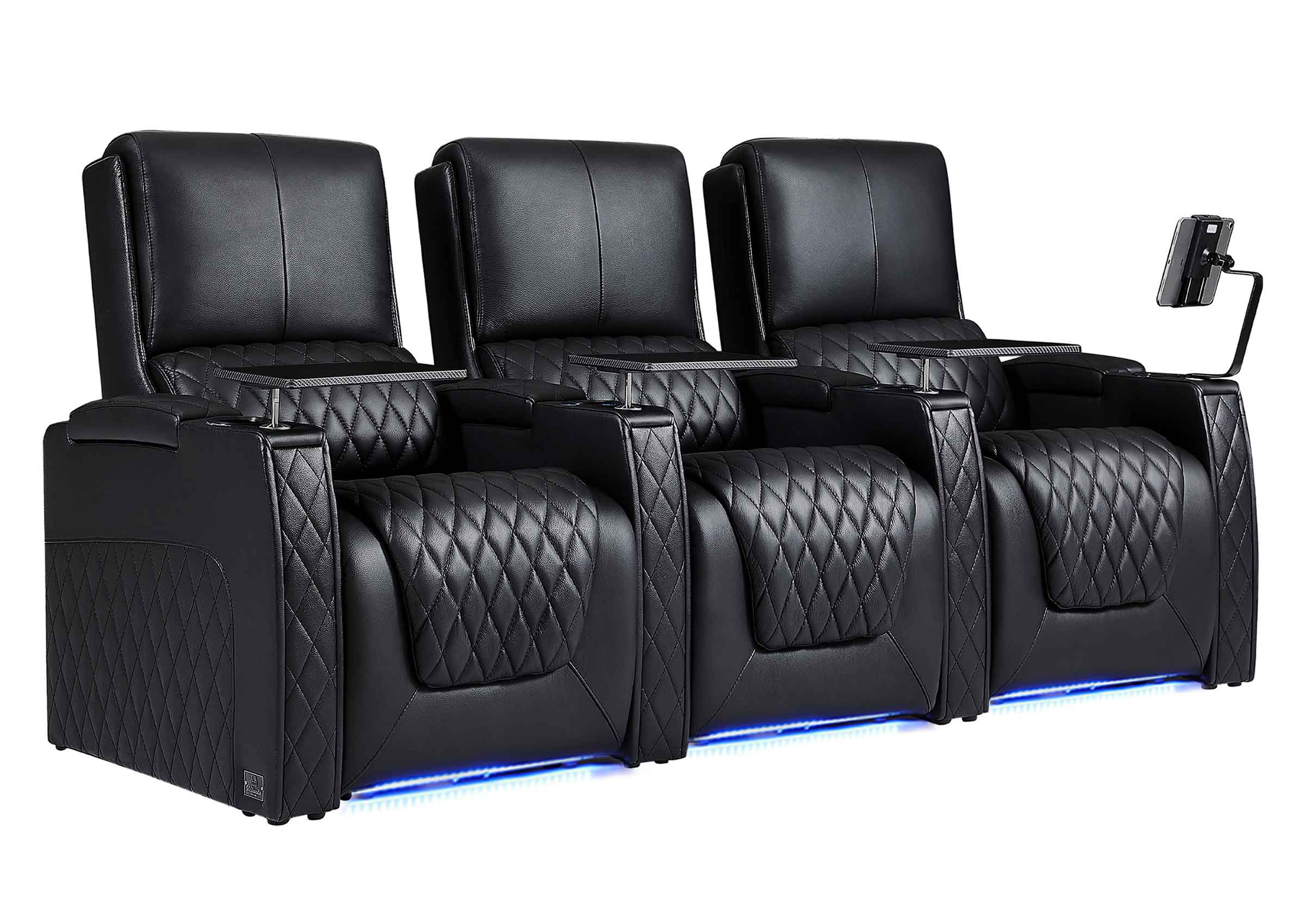
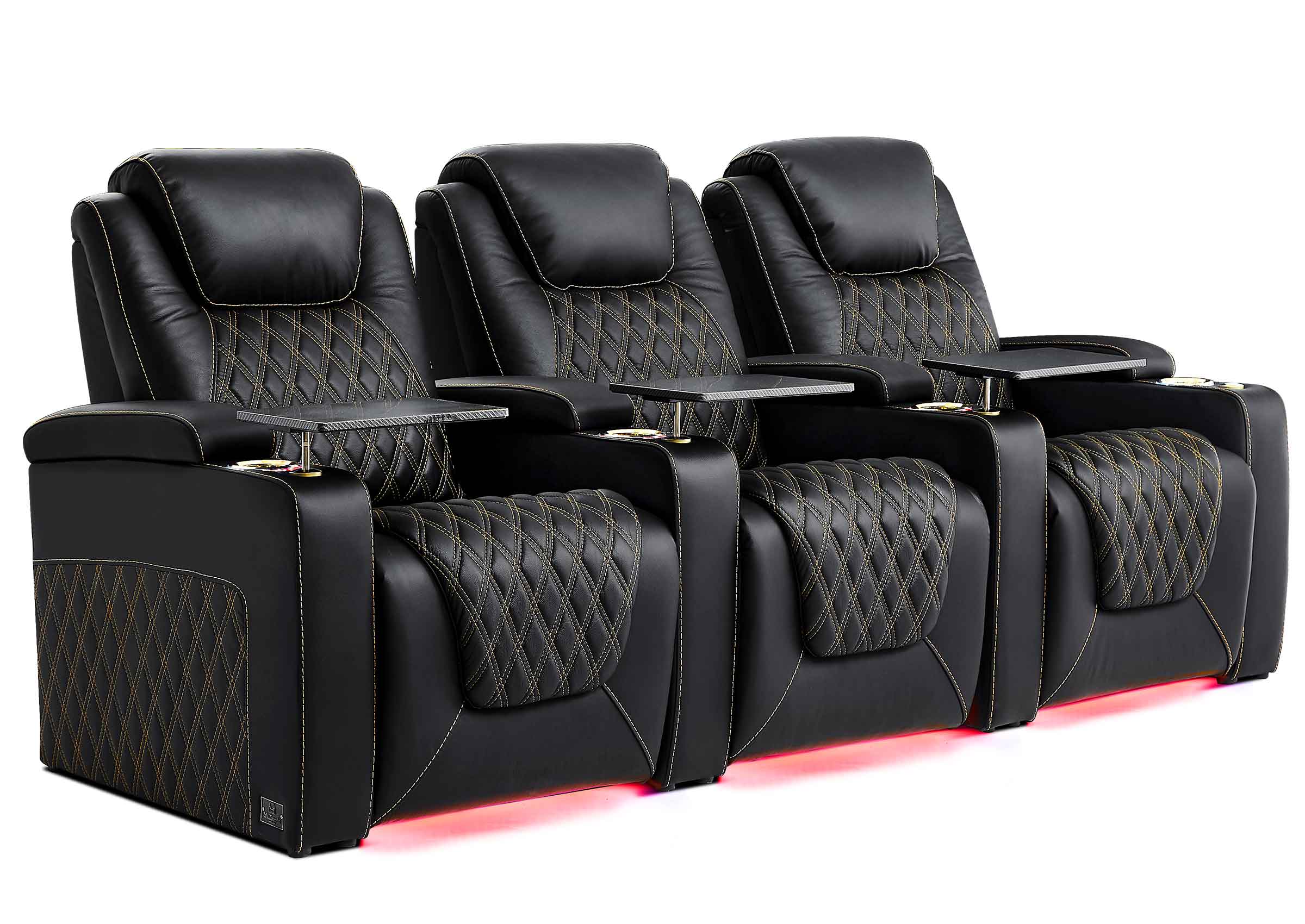
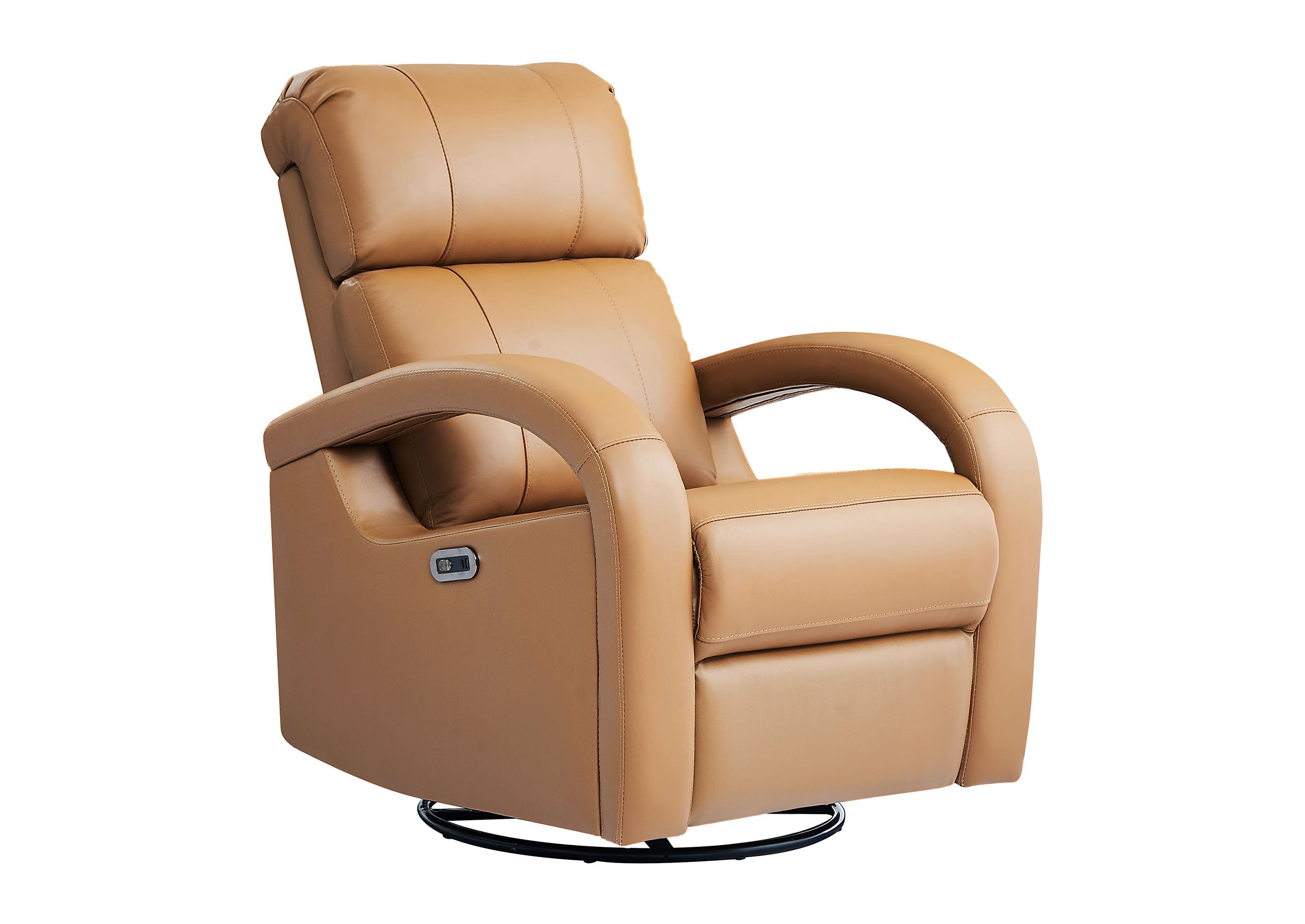


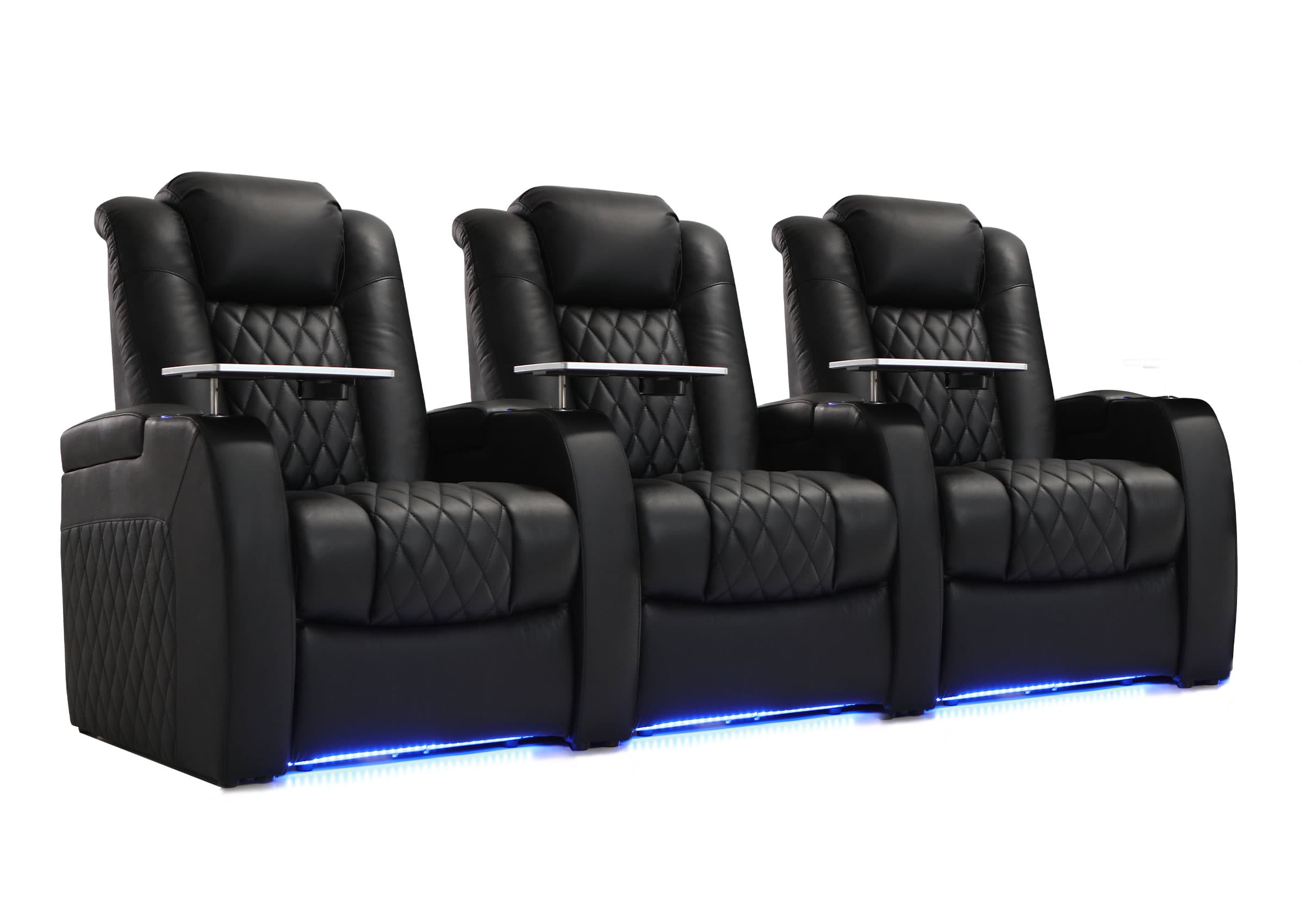
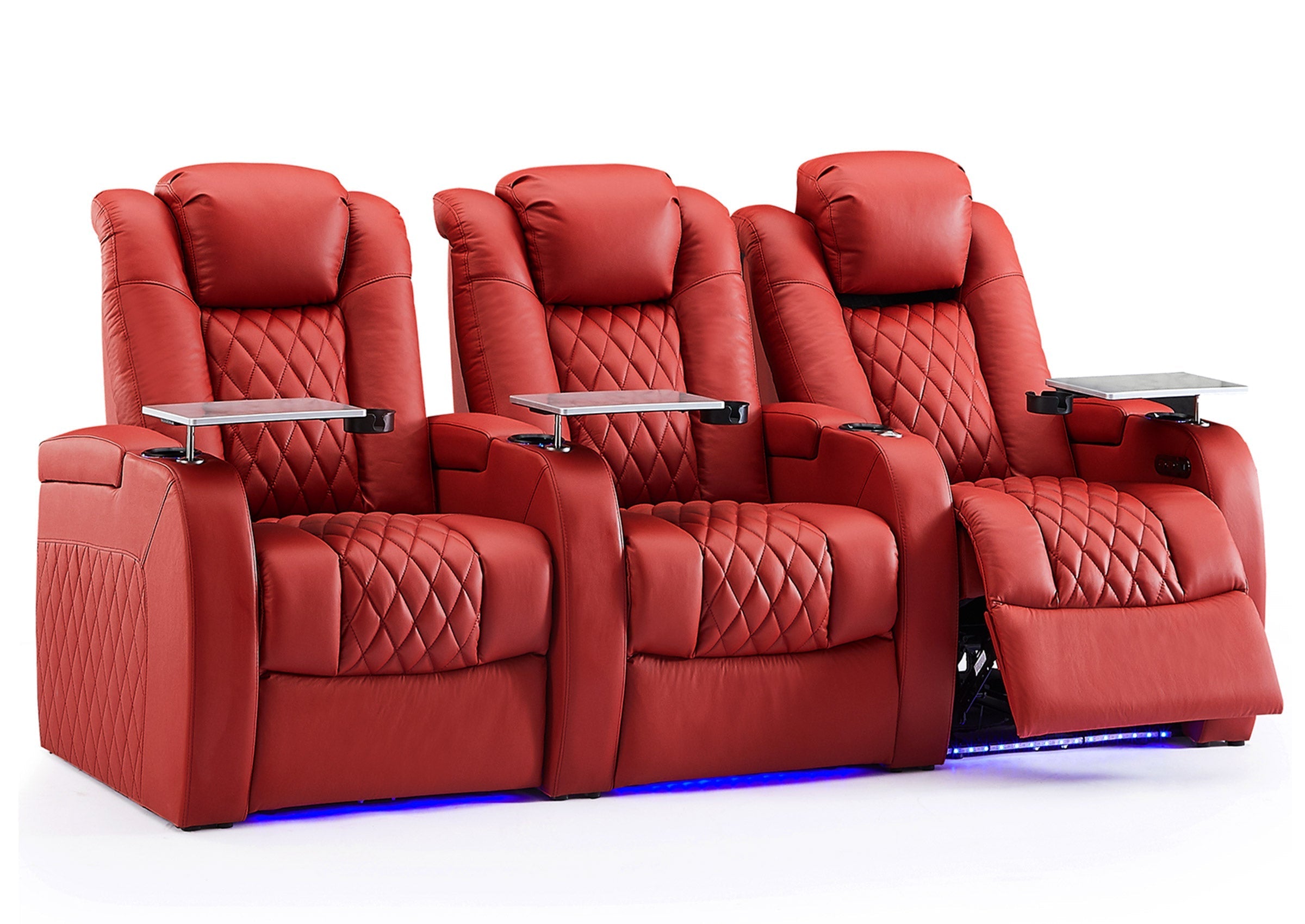

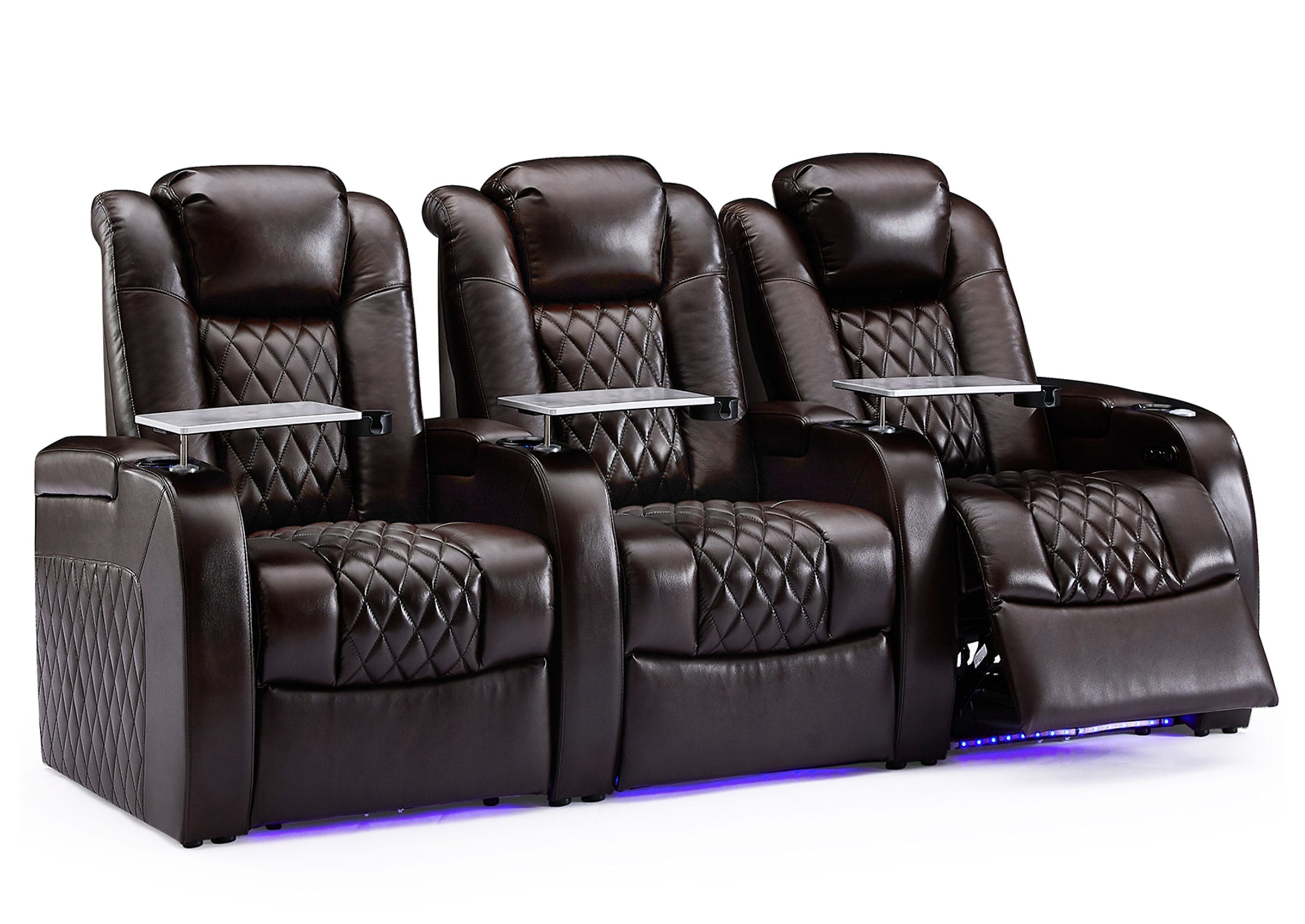
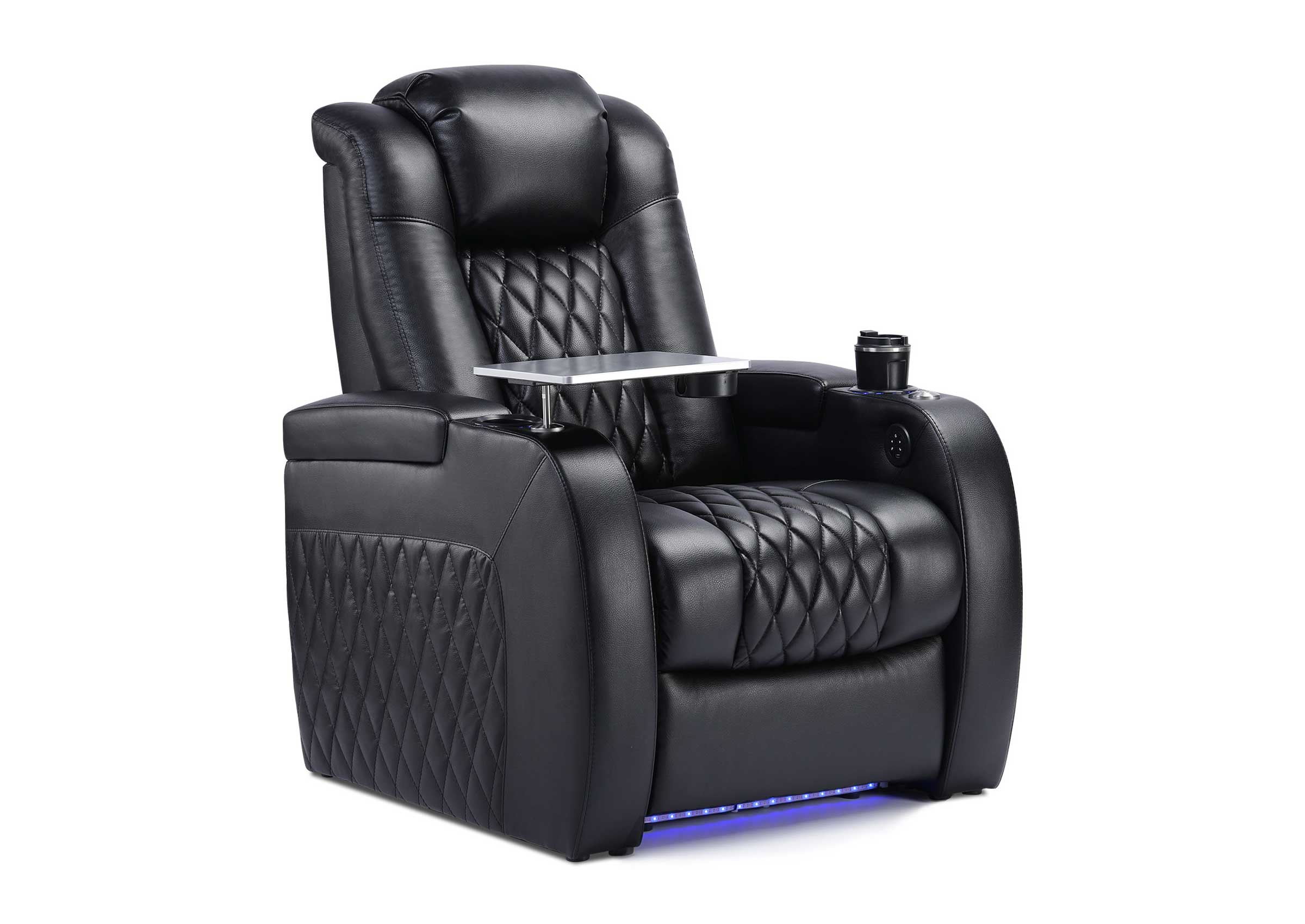
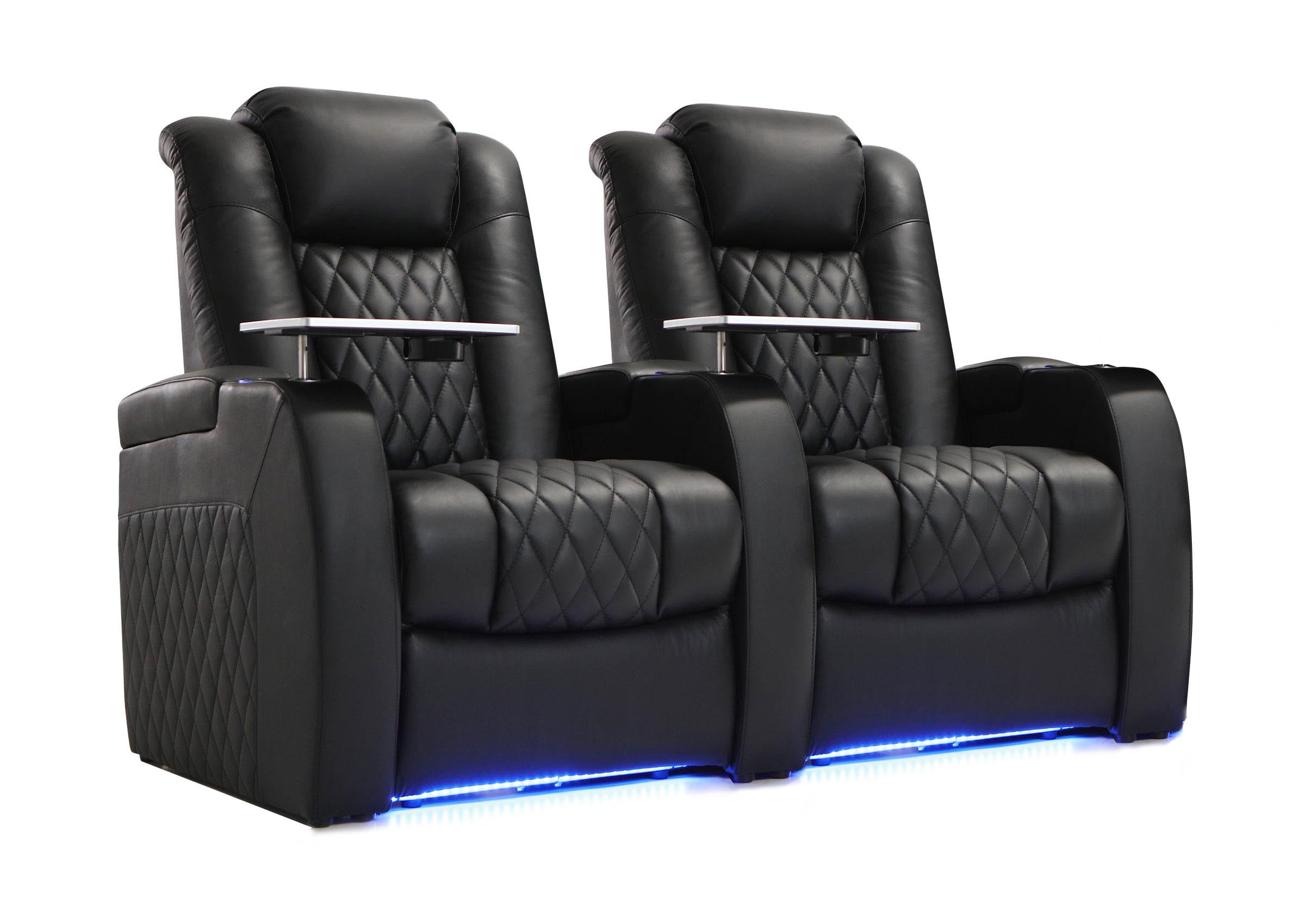
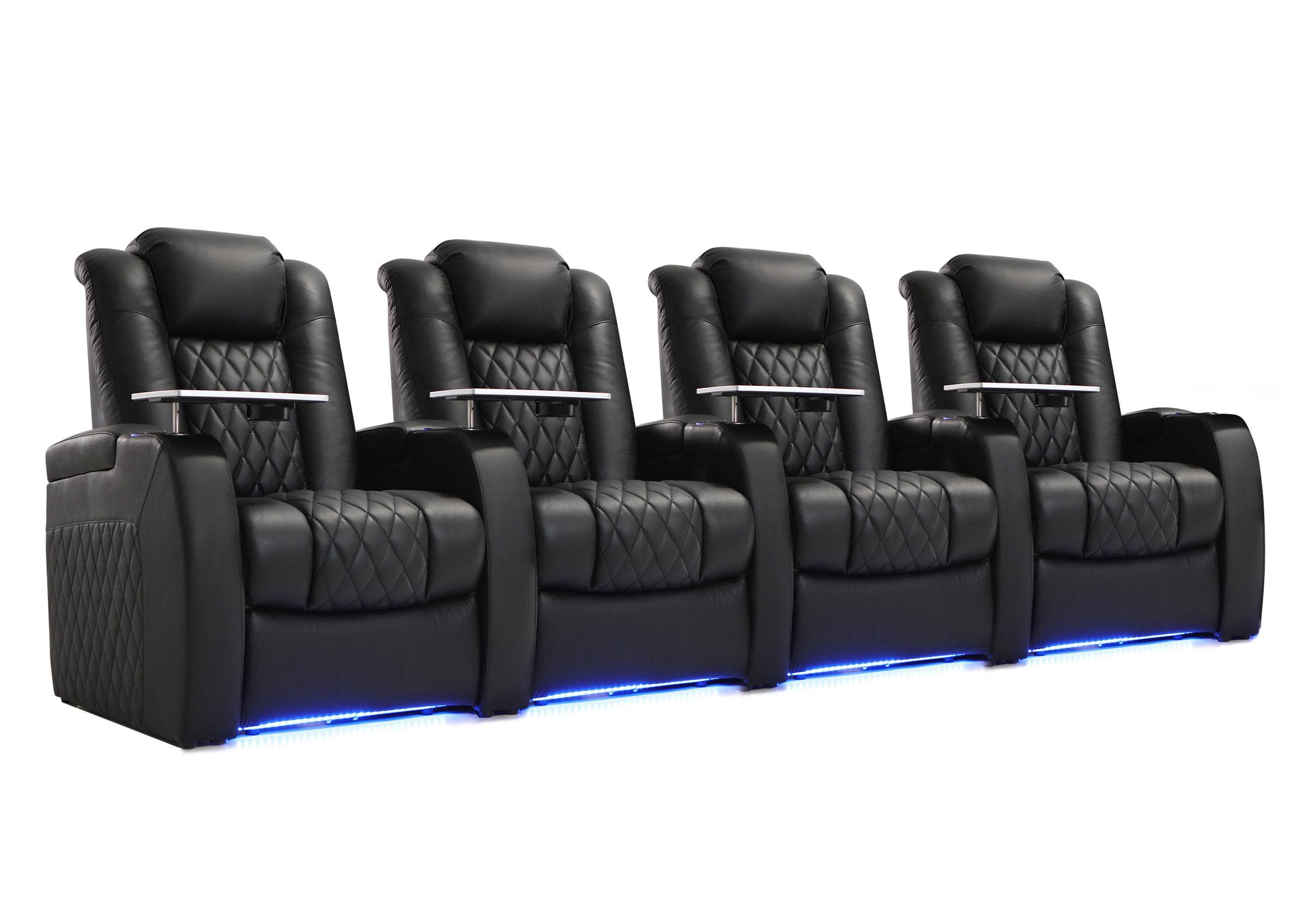
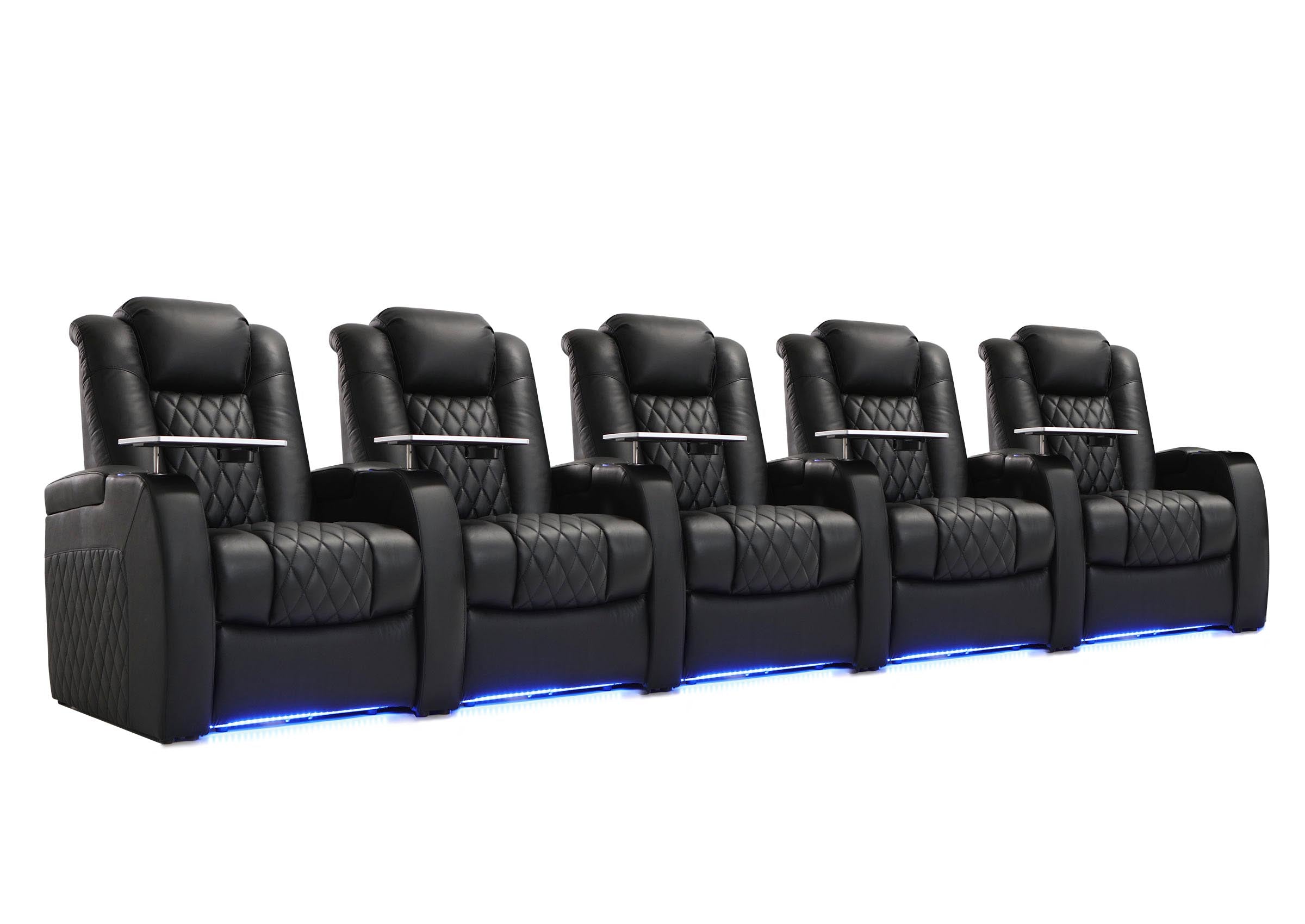
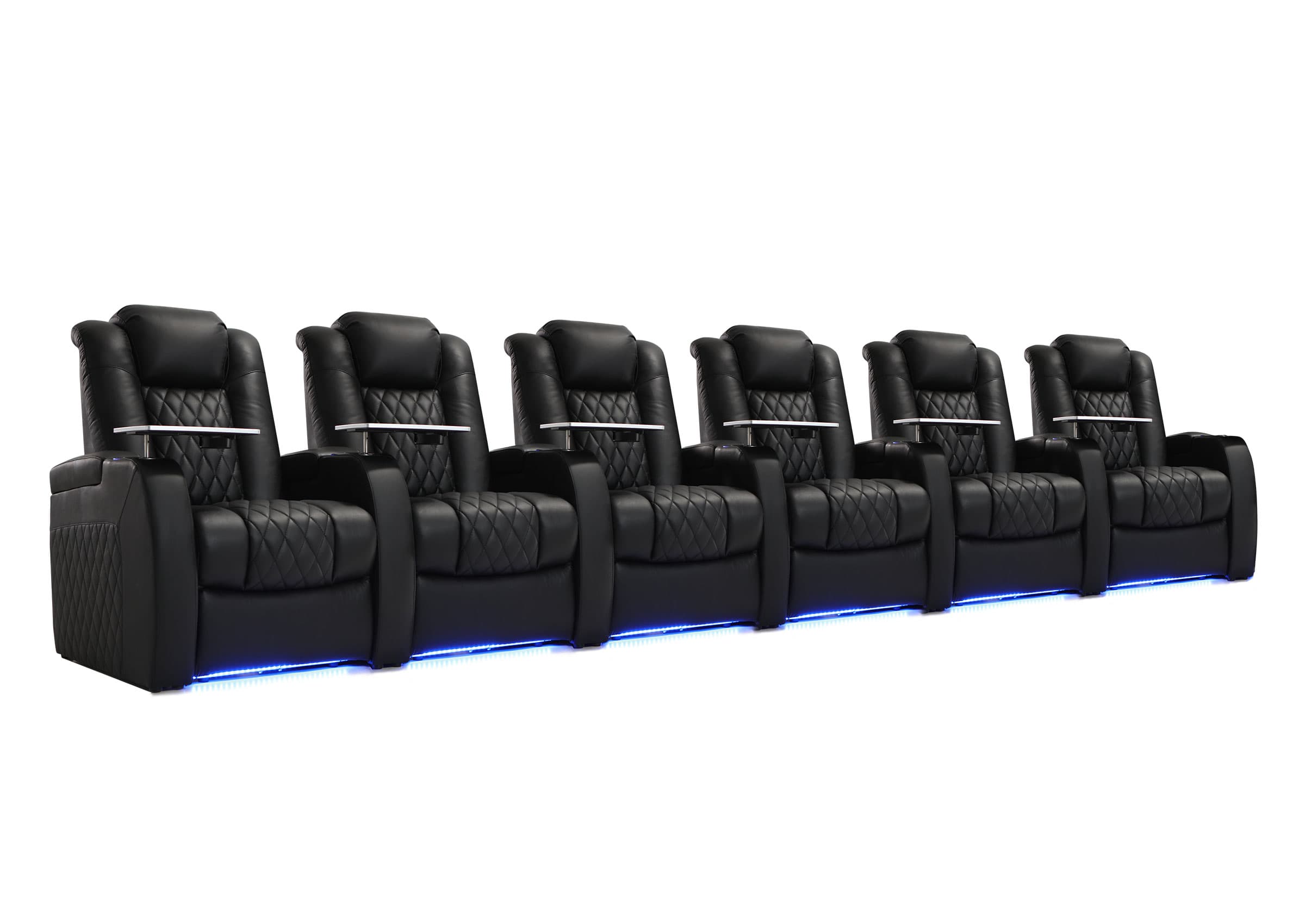


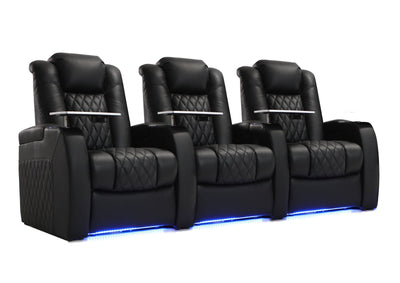
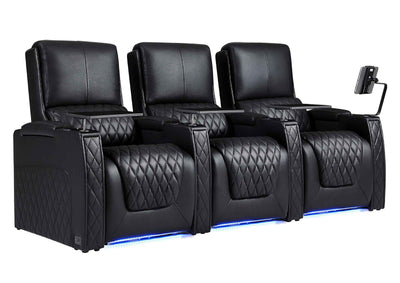
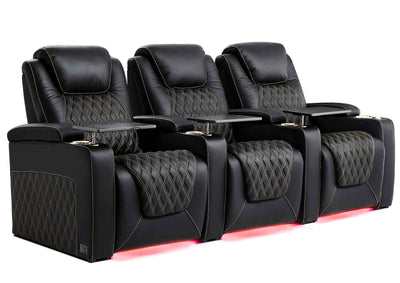
Leave a comment
This site is protected by hCaptcha and the hCaptcha Privacy Policy and Terms of Service apply.